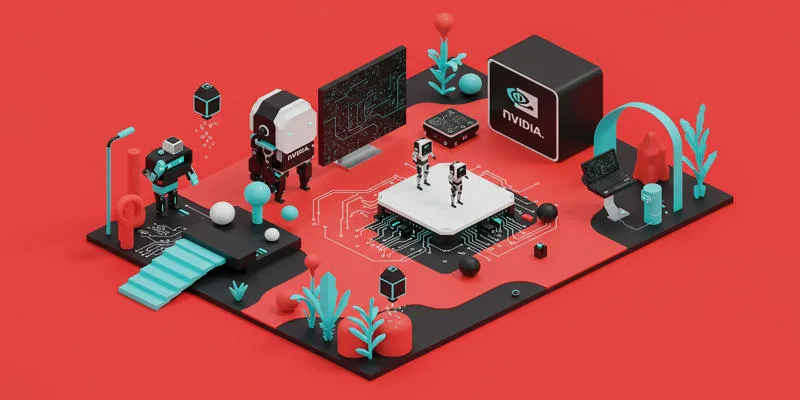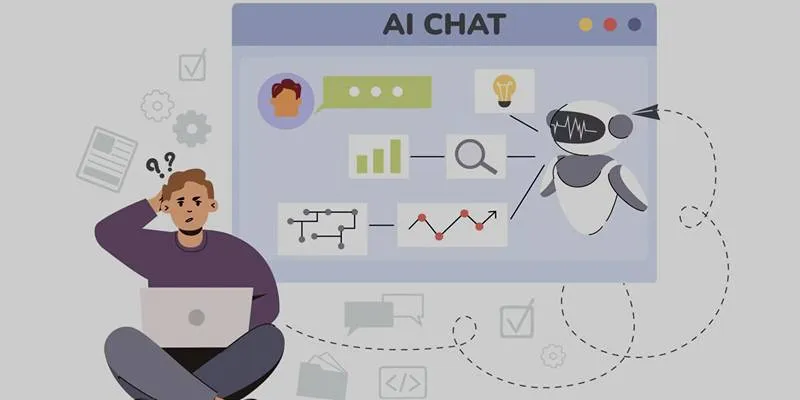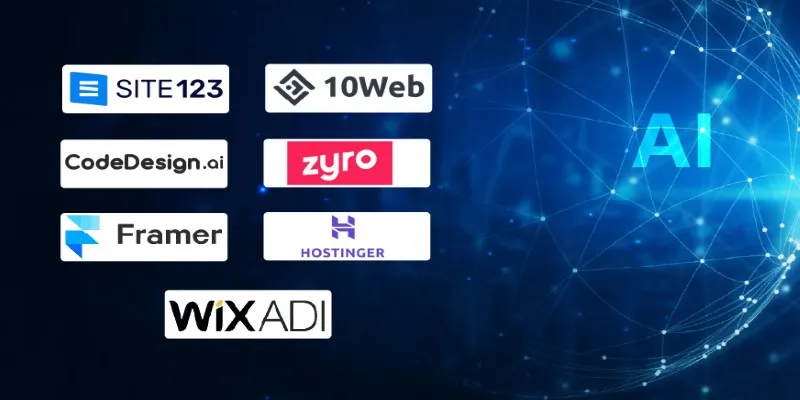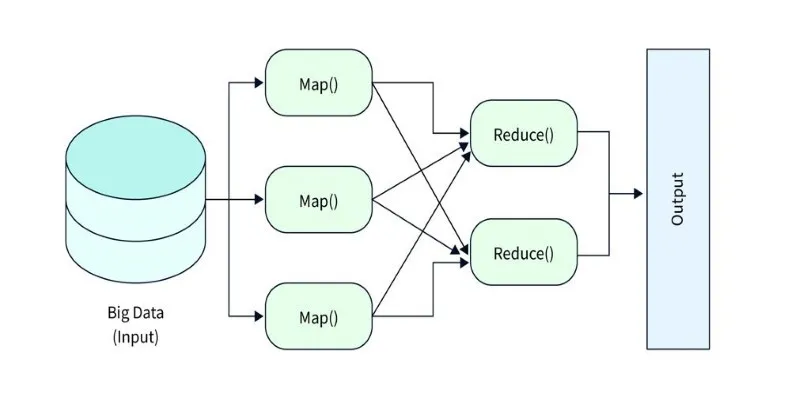Optimize Your Product With AI: Boosting Business Success
Optimization doesn’t happen overnight. The mantra “Done is better than perfect” often heard in Silicon Valley suggests launching a product before it reaches perfection. This allows you to gather user feedback and optimize over time. Premature optimization can be costly, so it’s essential to wait, gather data, and then refine your product. In the age of AI, optimization becomes more efficient, varying by product. Interested in learning how to optimize your product using AI and what key factors to consider for business success? Read on!

Optimize Your Product With AI: Key Factors To Consider For Business Success
Competition is fierce, especially for product-based businesses. Leveraging modern technologies like AI is crucial for success. According to McKinsey & Company, about 79% of businesses acknowledge AI and analytics as critical for future success. Similarly, PWC reports that 73% of US companies have adopted AI in some form, and those who haven’t are at a disadvantage. Harvard Business School experts also emphasize the importance of integrating AI into business strategies. Before optimizing products with AI, consider these key factors:
- Upfront Cost: Development requires time, which translates to money. The deeper you go, the harder it becomes to refine details, increasing costs. Plan for these expenses to avoid surprises.
- Hidden Cost: Completing 80% of work often happens quickly, but the last 20% takes longer, leading to higher costs due to assumptions about end-users.
- Maintenance Cost: Code requires upkeep. High development costs often mean higher maintenance expenses. Start simple and add features later to manage these costs.
- Testing Cost: Complex solutions are prone to errors, increasing testing costs. Simplicity can help reduce these expenses.
- Trade-Offs: Optimizing one metric can impact another. In e-commerce, for instance, batch processing may improve outcomes despite increased wait times. Businesses must evaluate and learn to find optimal solutions.

AI In Business: 5 Key Benefits
The world is on the brink of a major transformation, driven by AI. In industries like healthcare and finance, AI enables early disease detection and creates automated fraud detection systems. Despite concerns about AI replacing jobs, business owners are eager to harness AI for strategic transformation. Here are five benefits of using AI in business:
- Increased Efficiency and Productivity: AI automates repetitive tasks, enhancing efficiency and productivity in the workplace. According to a McKinsey report, AI can automate workflows that occupy 60% to 70% of employees’ time, allowing them to focus on strategic initiatives.
- Improved Decision-Making: AI analyzes vast data sets, identifying trends and patterns that humans might miss, leading to informed decisions and minimized errors. A Deloitte survey highlights AI’s role in providing actionable insights through analytics.
- Cost Savings: AI reduces overheads and hidden costs by automating routine tasks. It optimizes supply chains, manages inventory, and reduces energy consumption, contributing to significant savings.
- Enhanced Customer Experience: AI personalizes customer interactions by analyzing data to tailor products to customer preferences. AI chatbots and assistants provide prompt, engaging interactions, boosting customer satisfaction.
- Fostering Innovation: AI encourages innovation by exploring new ideas and enhancing product development. It helps businesses leverage generative AI to improve existing products, opening new possibilities for creative applications.
Conclusion
AI should not be viewed as a threat but as an opportunity to lead, make informed decisions, and develop effective strategies. By integrating AI, businesses can improve product design, customer experience, and operational efficiency. Embrace AI to enhance productivity, decision-making, and innovation.
 zfn9
zfn9























